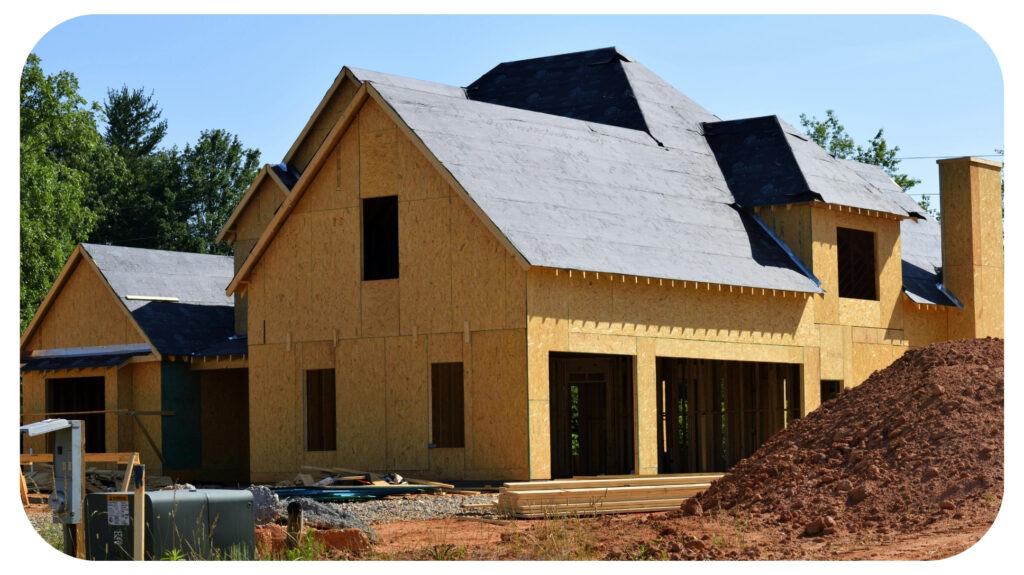How to Choose Materials When Building Your Home

Among the most important financial decisions you will ever make is building your dream house. Although location, interior design, and floor plans usually come first, the materials you use to build your house are equally as important. The proper materials may make all the difference between a house that shows wear and tear rapidly and one that will last generations.
This article will discuss five key areas where material choice significantly influences decisions, helping to guide you along the building process.
1. Foundation: The Backbone of Your Home
Regarding long-term durability, the foundation of your house is more crucial than anything else. Everything above this structural base relies on it; hence, choosing the correct materials here is crucial. Given its strength and durability, concrete is the most often used foundation material. Not all concrete, meantime, is created equally. Superior, well-mixed and cured concrete with enough rebar reinforcement will better resist shifting, moisture, and cracking over time.
In areas with loose soil or frequent freeze-thaw cycles, you might have to think about deeper foundations like piers, footings or specialized mixtures. To select materials most appropriate for your site conditions and climate, always speak with your builder and structural engineer. Cutting shortcuts here could cause later expensive structural issues.
2. Framing: Choosing the Right Skeleton
Your house’s structure and shape are created by its frame. Hence, the materials used here will affect everything, including future renovation and energy efficiency. Wood is still a popular choice as it is quite affordable and manageable. Not all timber is equal; opt for pressure-treated and kiln-dried wood for better resistance to moisture and pests and longevity.
Sometimes, especially for homes in termite-prone locations or for those seeking more fire protection, a steel frame could be a superior choice. Additionally, offering greater spans and more architectural freedom is steel. Although initially more costly, it could save long-term maintenance and insurance expenditures.
3. Insulation: Energy Efficiency and Comfort
Insulation is one crucial component people sometimes overlook until utility bills show up. Correct insulation makes your house comfortable all year long, reduces heating and cooling costs, and helps to enhance indoor air quality. Select insulating materials based on their R-value, a measure of thermal resistance, and management of air infiltration and moisture.
Though spray foam offers greater sealing against air leaks and moisture, solutions like fiberglass batts are readily available and rather cheaply priced. Made from recycled paper, cellulose insulation is a great and sustainable choice for ecologically sensitive house owners. See a builder who knows how insulation combines with other building technologies to boost energy efficiency.
4. House Siding: Combining Style and Durability
Apart from appearance, the siding of your house offers a necessary layer of defense against time, weather, and insects. Given so many options, you should choose one that balances look, maintenance, and long-term value.
Fiber cement siding is one of the most widely used materials nowadays, mostly because of its low maintenance, fire resistance, and durability. Ensuring correct installation is essential for long-term performance and warranty coverage; for instance, a James Hardie siding installer in Denver can provide expert installation tailored to meet both manufacturer standards and local climate demands. Other siding materials like vinyl, wood, and stucco also offer unique benefits and should be evaluated in relation to the particular climate of your area.
5. Roofing: Protection from the Top Down
The first defense your house has against sun, wind, rain, and snow is your roof. Protection of your investment and guarantees of long-term performance depend on selecting the appropriate roofing material. As asphalt shingles are cheap and easy to install, they remain the most widely utilized choice. But metal roofing is becoming popular for its energy efficiency and remarkable lifetime—often 40 years or more.
Materials like clay tiles or concrete shingles could provide superior protection if you are building in a region likely to face wildfires or storms. Whatever you decide, never undervalue the need for correct flashing, ventilation, and underlayment. Maintaining the water tightness and energy efficiency of your roofing system depends on these sometimes-neglected parts.
Conclusion: Building Smart from the Start
Selecting the correct building materials goes beyond looks; it’s about making a structure that will last, be energy-efficient, and cut long-term upkeep. Every material selection affects the comfort, safety, and value of your house from the foundation to the top. Work with knowledgeable contractors and undertake research on materials that would be most suited for your local surroundings. Choosing smart materials now might help to reduce problems and increase savings in the future.
Recommended For You
Going Green in the Kitchen
Most Inside
Most Inside offers high-quality recommendations and valuable updates to enhance all aspects of your life, providing premium guidance and enriching experiences.




